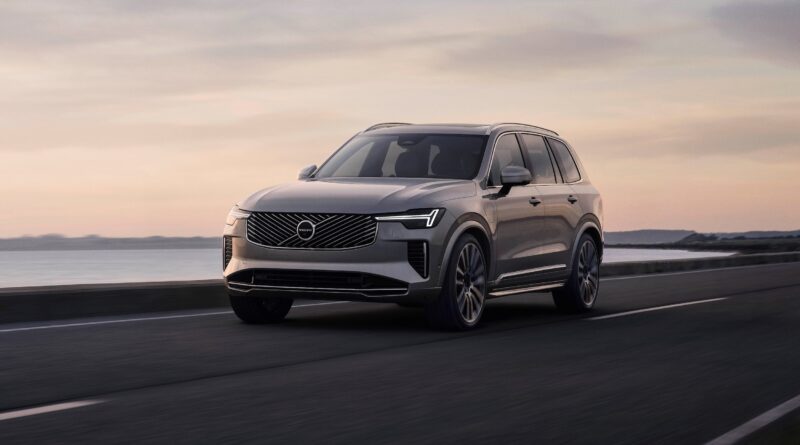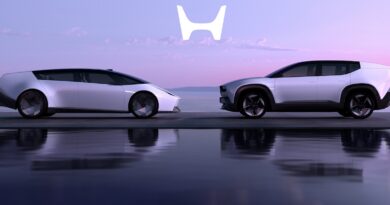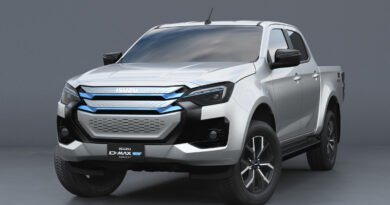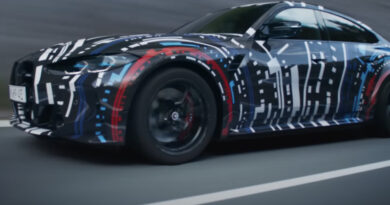2025 Volvo XC90 to live on thanks to huge facelift and advanced hybrid power for seven-seat SUV
Volvo has overhauled its 10-year-old XC90 to ensure it lives on in the electric age alongside its state-of-the-art battery-powered EX90 seven-seat SUV.
Updated in response to the global slowdown in EV sales, the facelifted Volvo XC90 could now live on until beyond 2030 and to ensure it remains relevant against much newer vehicles such as the BMW X5 and the Audi Q7.
To ensure it is futureproofed, the seven-seat Swedish SUV switches to a full range of electrified engines that include two mild-hybrids and a new flagship plug-in hybrid.
READ MORE: Volvo EX30 shines across the board as a rival for Tesla, BYD
READ MORE: What do The Beatles, Pink Floyd and Lady Gaga have in common with the Volvo EX90?
READ MORE: Volvo EX90 revealed ahead of Australian on-sale
Externally, the comprehensive tweaks also see the big XC90 ape the styling of both the baby EX30 electric SUV and the larger EX90 flagship.
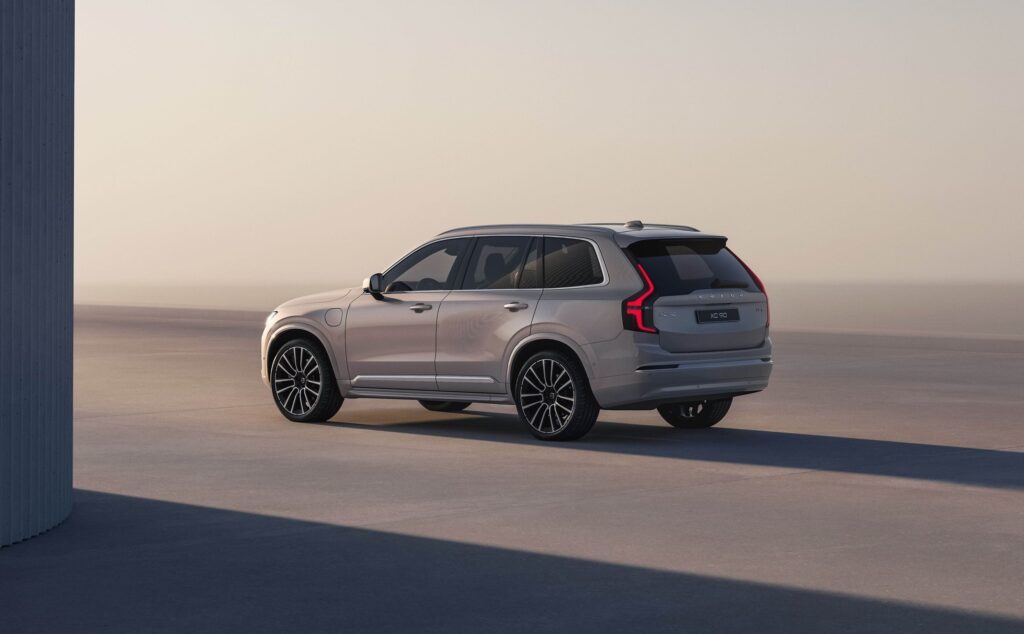
The changes include a pair of slimmer headlights, new bumpers, a diagonal-slatted grille and a fresh pair of tail lights.
Inside, there’s been yet more changes. A larger 11.2-inch free-standing portrait-mounted infotainment replaces the old 9.0-inch unit
There are also revised air vents and a more horizontal feel to the cabin, plus new ambient lighting.
The larger all-new infotainment system, meanwhile, is now powered by Android Automotive software and comes with built-in Google services and is quicker and slicker to use than the old unit.
More storage space has been liberated within the centre console, while a new small cup drink holder has been squeezed in between the existing large central cupholders. The wireless phone charger has also been moved.
Under the bonnet, the big news is the introduction of the new XC90 Plug-in hybrid that combines a 2.0-litre turbocharged four-cylinder with an electric motor and a 19kWh lithium-ion battery.
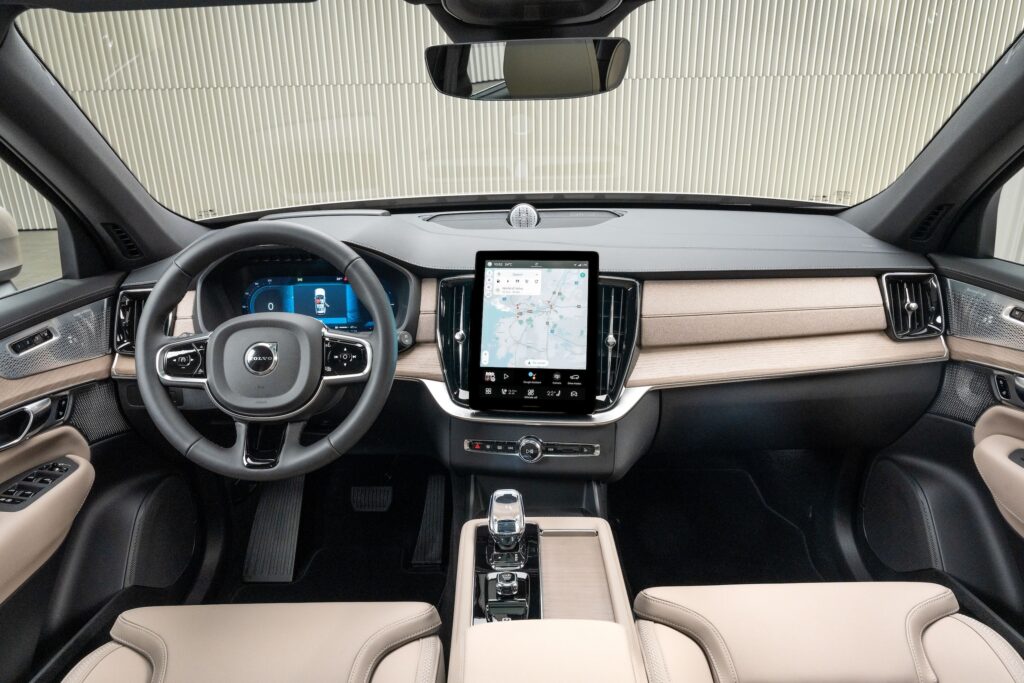
Combined, the XC90 musters an impressive 355kW and 709Nm of torque, which is enough for a 5.4 seconds 0-100km/h sprint, although far more relevant is the bigger battery ensures the Volvo SUV can now cover up to 71km on EV power alone, according to the WLTP test cycle.
With a full tankful of fuel and a 100 per cent charge, the total range is said to be more than 800km.
The revised mild-hybrid petrol drivetrains, meanwhile, combine the 2.0-litre turbo with an integrated starter-generator and a small battery and produce either 184kW (badged B5) or 221kW (badged B6), with the more powerful variant bagging an electric supercharger for more thrust.
The B5 is claimed to average 8.5L/100km while the B6 returns 8.9L/100km on the combined WLTP test cycle.
Ensuring it’s quieter than ever there’s new sound insulation within, while the driving experience should be significantly better thanks to a revised double wishbone front suspension and a fresh integral link rear suspension, plus new adaptive dampers designed to improve comfort and stability.
Like before, an optional air suspension is also available that scans the road 500 times per second to pre-arm the dampers for what’s to come.
Wheel sizes range from 20 to 22 inches.

In some markets a more luxurious six-seat version will be offered but Volvo says in the mild-hybrids there’s 680 litres of luggage space behind the second row (302L behind the third).
This falls to 640 litres and 262 litres in the PHEV due to the battery pack making the floor slightly higher.
Volvo says it will begin building the 2025 Volvo XC90 late this year ahead of European deliveries.
In Australia the overhauled XC90 is due around April 2025 where it will sell alongside the all-new battery-electric EX90.
Originally, Volvo said it would transition to an all-electric brand in 2030 but following the drop off in EV sales growth says it will now carry on selling some hybrids too.
That decision is set to impact on Volvo Cars Australia that went further and said it would only sell EVs from 2026. It’s thought a local announcement soon will also include hybrids pushing beyond the original EV-only cut off date.

